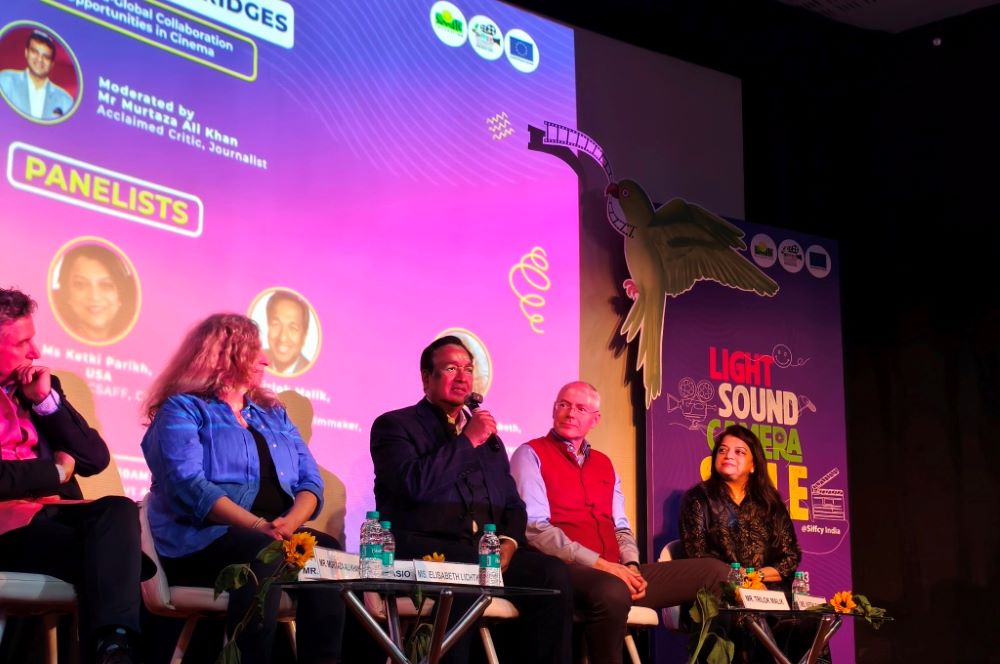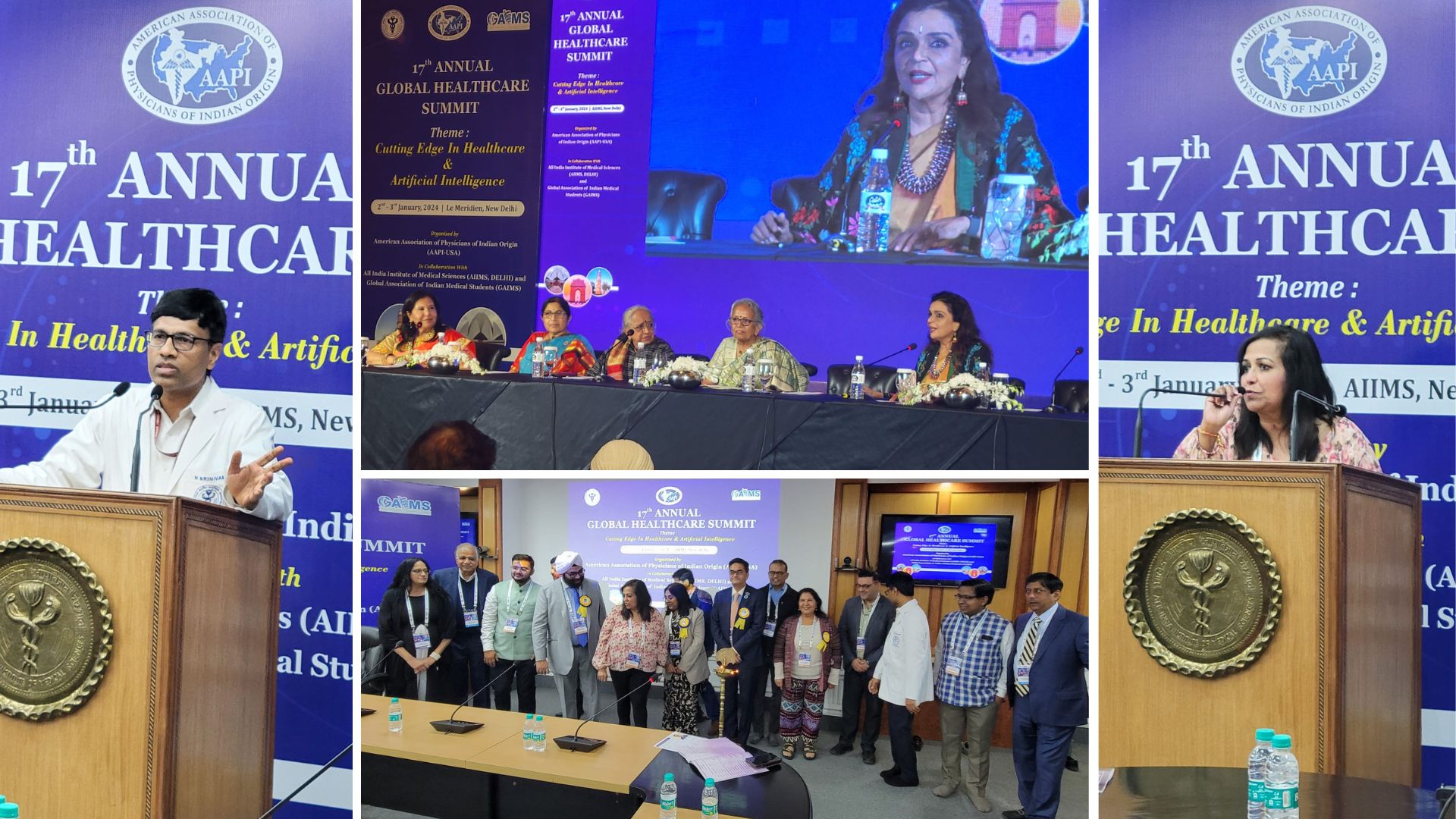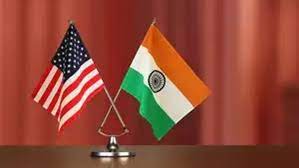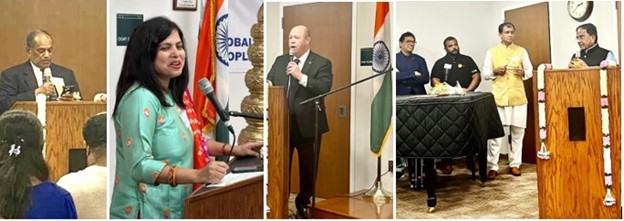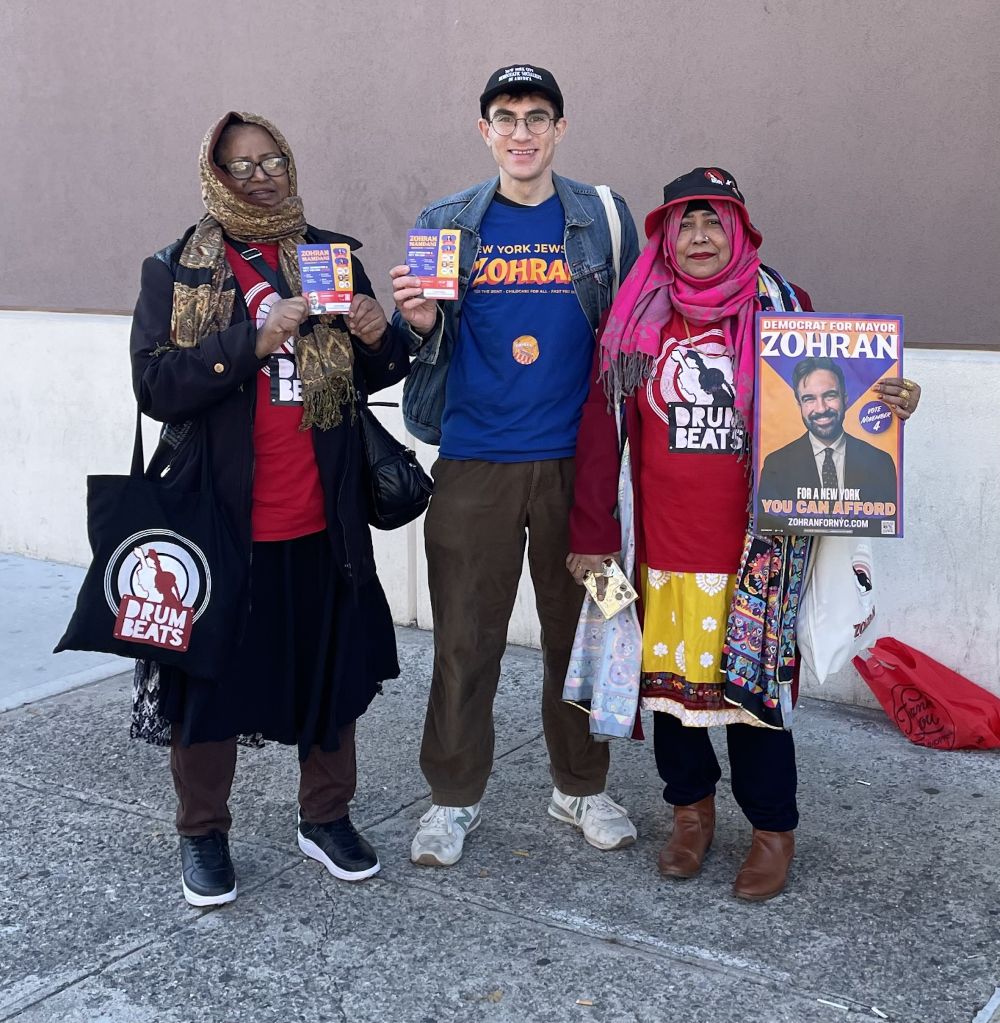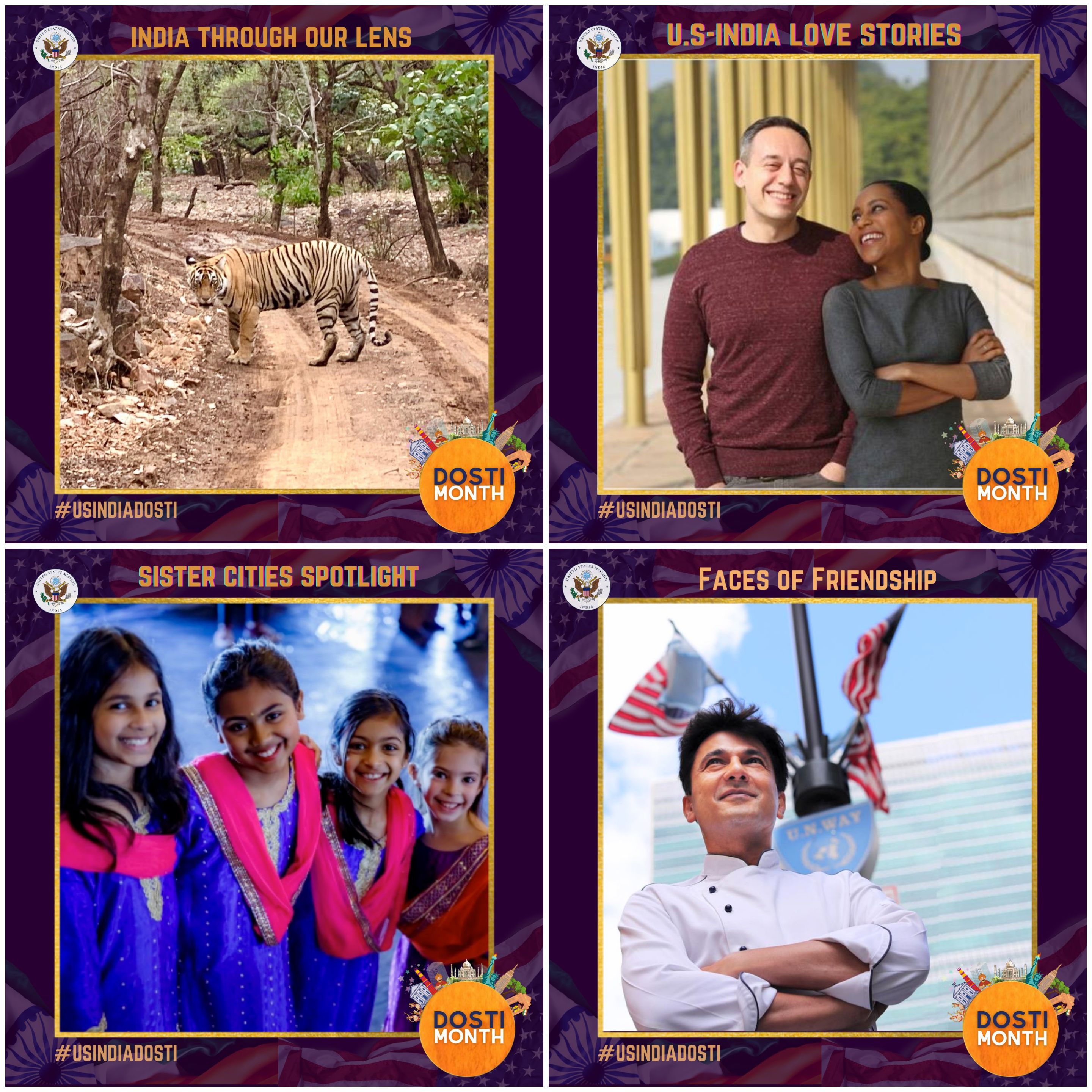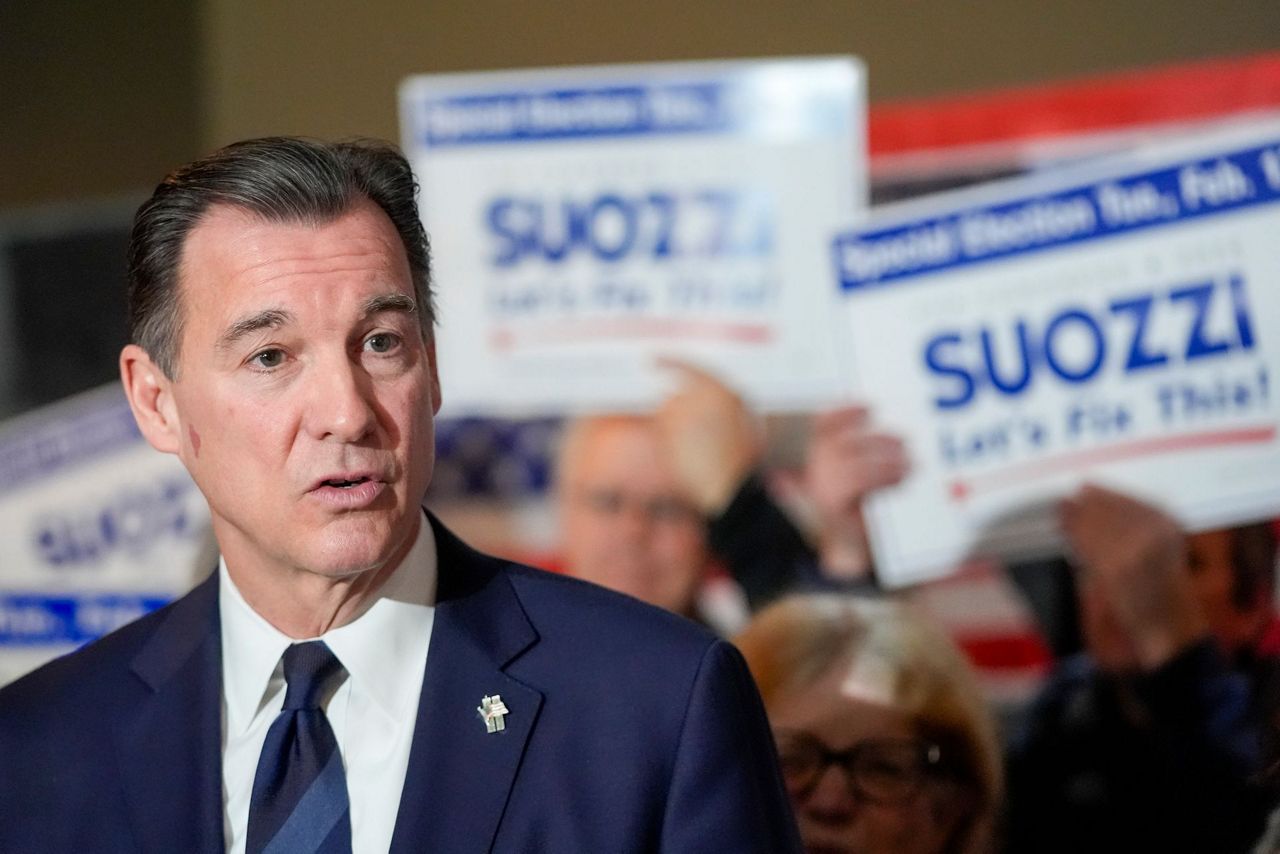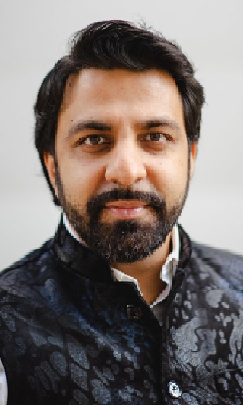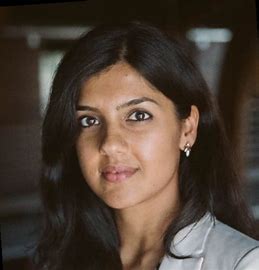Our Bureau
New Delhi
Emmy-nominated Indian-American filmmaker Tirlok Malik was among the distinguished panelists at the Smile International Film Festival for Children & Youth (SIFFCY) 2025, an initiative of Smile Foundation, in partnership with the European Union. Malik participated in a high-profile discussion titled “The Cinematic Bridges: Fostering India-Global Collaboration and Opportunities in Cinema”, held at Siri Fort Auditorium. Jitendra Mishra, Festival Director of SIFFCY, is committed to forging strong and long-lasting global collaborations.
The panel brought together some of the most influential voices in global cinema and art, including Andrea Anastasio, Director, Italian Embassy Cultural Centre, Stephan Ottenbruch, Festival Director, IndoGerman Film Week; Ketki Parikh, Co-Founder, Chicago South Asian Film Festival (CSFF); and Lichtkoppler Elisabeth, Director, Vienna International Children’s Film Festival. The discussion was moderated by Murtaza Ali Khan, a renowned Indian film critic and journalist.
Speaking on the evolving landscape of global cinema and the role of India in fostering cross-border collaborations, Tirlok Malik emphasized the significance of high-quality, universal content in transcending cultural and geographical boundaries. Reflecting on his own journey in cinema, Malik said, “When I started out in the 1990s with ‘Lonely in America,’ the landscape of cinema was very different. Today, digital platforms and streaming services have democratized the industry, offering immense opportunities for storytellers to connect with audiences worldwide.”
He further stressed the importance of content-driven storytelling in an era dominated by digital consumption. “The focus should always be on storytelling that resonates with a global audience. Technology has changed, distribution has changed, but emotions remain the same. A good story, told well, will always find its audience,” he remarked.

The panelists discussed the evolving nature of international co-productions, highlighting how India’s diverse cinematic heritage and expanding market make it an attractive hub for filmmakers worldwide. Stephan Ottenbruch noted the growing presence of Indian films in European film festivals, stating, “India’s storytelling tradition is unique, and there is an increasing appetite for its narratives across international platforms.”
Adding to the discourse, Ketki Parikh spoke about the rising opportunities for Indian filmmakers in global circuits, particularly in the United States. She remarked, “With festivals like CSFF in Chicago, we aim to bring South Asian stories to a wider audience. There is a strong demand for authentic, cross-cultural narratives that represent the Indian diaspora.”
Lichtkoppler Elisabeth, Director of the Vienna International Children’s Film Festival, emphasized the role of children’s cinema in fostering global understanding. She commented, “Children’s films have the power to bridge cultures and instill empathy from a young age. Indian cinema, with its rich tradition of storytelling, can play a pivotal role in this space.”
The discussion also touched upon the challenges of balancing commercial viability with artistic integrity in global collaborations. Malik addressed this by saying, “Independent filmmakers often face the challenge of funding, but the key lies in creating content that is both artistically satisfying and commercially viable. Platforms like SIFFCY provide an excellent opportunity for emerging filmmakers to showcase their work and connect with the right audience.”
Andrea Anastasio contributed to the conversation by discussing the programming lineup of the Italian Embassy Cultural Centre, including the ongoing Marcello Mastroianni centenary celebrations and the upcoming screening of the restored version of Apu Trilogy at the 2025 Habitat International Film Festival. He also talked about the importance of co-production treaties between countries.
Malik expressed his gratitude towards SIFFCY for organizing such a significant forum, stating, “Platforms like SIFFCY play a crucial role in shaping the future of cinema by bringing together filmmakers, industry experts, and young audiences. It is an honor to be part of such a meaningful conversation.”
The panel concluded with an engaging Q&A session, where budding filmmakers and students had the opportunity to interact with the esteemed speakers. The discussion underscored the ever-growing potential of India’s film industry in shaping the global cinematic landscape while reinforcing the importance of meaningful storytelling in building cultural bridges.
As cinema continues to evolve, discussions like these at SIFFCY reaffirm the power of storytelling in fostering collaboration and understanding across borders.
















